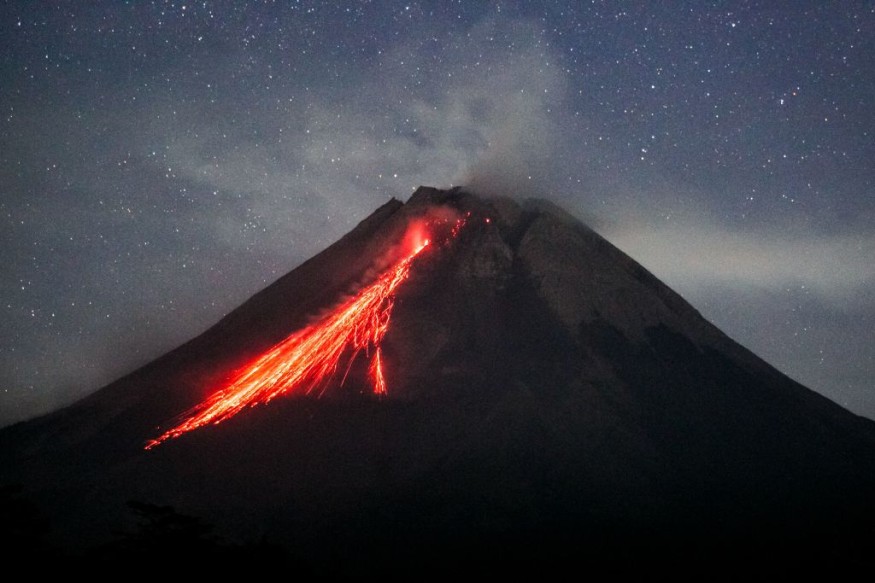Indonesia's Marapi volcano in West Sumatra province erupted on Sunday, spewing volcanic ash up to 3,000 meters (9,843 feet) into the air and killing at least 11 climbers.

Volcanic Ash
At 2.54 p.m. local time (0754 GMT), the 2,891-meter-tall volcano erupted, sending high-intensity volcanic ash into neighboring areas, according to authorities.
Images from Badan Nasional Penanggulangan Bencana (BNPB), Indonesia's disaster management agency, revealed ash-covered highways and automobiles.
Authorities have raised the warning level for Marapi Mountain to the second highest.
Two climbing routes were closed, and locals living on Marapi's slopes were cautioned to avoid being closer than 3 km (1.8 miles) to the crater's mouth due to possible lava flows.
The closest villages, Rubai and Gobah Cumantiang, are five to six kilometers away from the summit and are home to about 1,400 people who live on Marapi's slopes.
"We have distributed masks to residents and encourage them to stay inside their houses," said Ade Setiawan, an official at BPBD's local disaster management unit.
Ash rain had also been observed after the eruption that reached Bukittinggi City, the third largest city in West Sumantra, which has a population of more than 100,000.
Rescue Operations
Eleven climbers' remains have been discovered by Indonesian rescuers following the Mount Marapi volcano explosion.
Twelve climbers remained missing, according to a rescue official, while three individuals had been discovered alive atop the volcano. There were still rescue operations underway.
Approximately 75 climbers had begun their ascent to the mountain before the eruption.
The body of a man who was buried beneath tons of mud and boulders as a result of flash floods and a landslide that crashed into a hillside town on the island of Sumatra has been found, according to rescuers.
Heavy rain on Friday caused tons of dirt, rocks, and trees to tumble down a mountain and into a river that burst its banks, tearing through mountainside settlements close to the well-known Lake Toba in North Sumatra province.
According to Sariman Sitorus, a spokeswoman for the local Search and Rescue Agency, rescuers in the hardest-hit village utilized excavators, dogs, and occasionally their bare hands to move debris while they looked for the dead and missing.
In Padang, the provincial capital of West Sumatra, more than 160 personnel, including police and military, were sent out to look for them, according to Hari Agustian, an official at the local Search and Rescue Agency.
Some climbers were seen being rescued in a social media video, with their faces and hair covered in volcanic dust and rain.
49 climbers were evacuated from the area early on Monday, and many of them were receiving burn treatment.
One of the rescued had a fractured limb, while eight others were transported to the hospital with burns.
"Some suffered from burns because it was very hot, and they have been taken to the hospital," said Rudy Rinaldi, head of the West Sumatra Disaster Mitigation Agency. "Those who are injured were the ones who got closer to the crater."
A small eruption was recorded on Monday that prompted rescuers to suspend the search for safety concerns.
Mount Marapi is one of Sumatra's most active volcanoes and has been active since January.
In April 1979, its eruption killed 60 people during its most catastrophic eruption.
Indonesia has 127 active volcanoes and is located on the Pacific's "Ring of Fire," a fault line and volcanic arc encircling the Pacific Basin.
© 2025 NatureWorldNews.com All rights reserved. Do not reproduce without permission.





